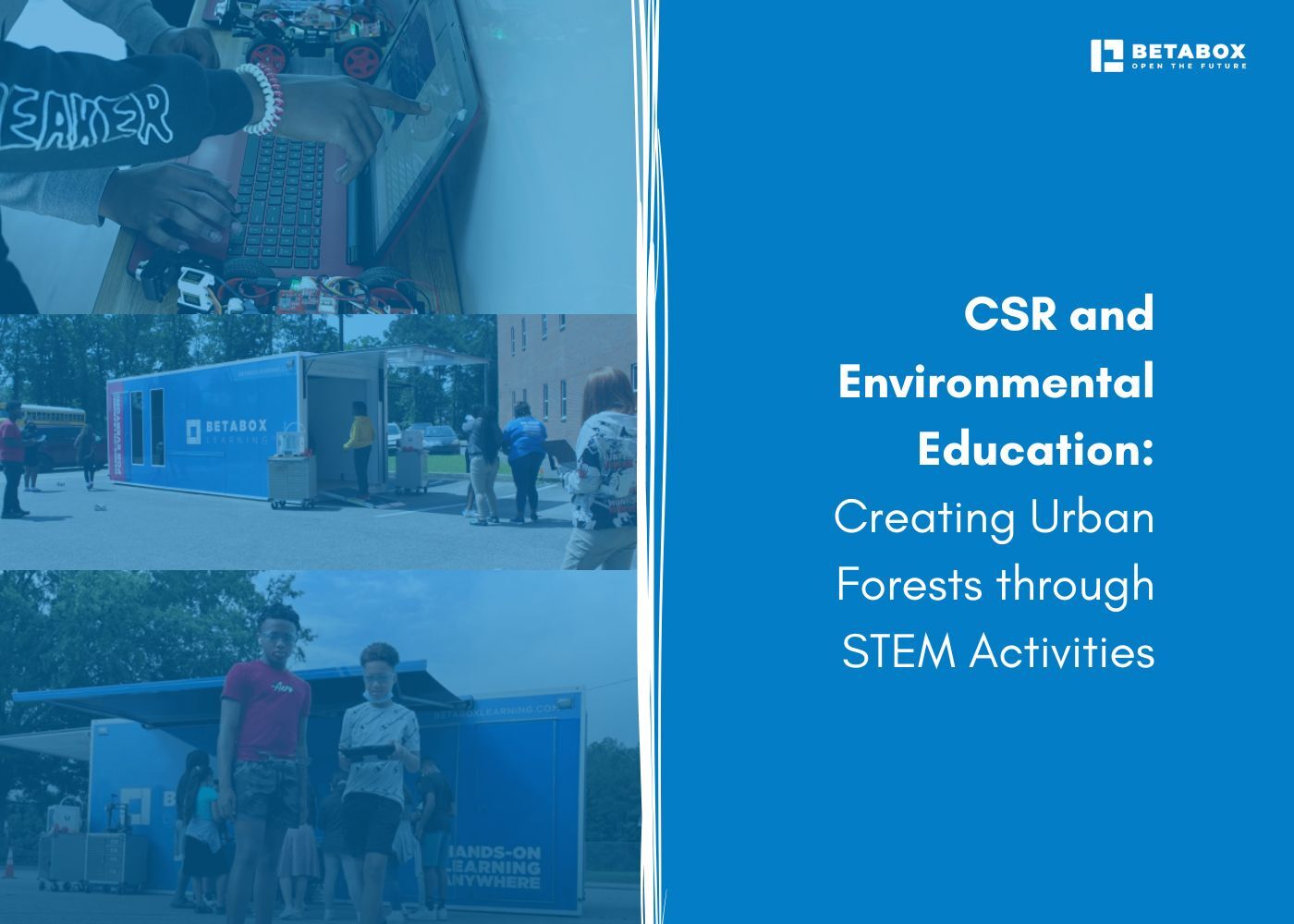
Cities face a double challenge: environmental degradation and growing disconnection between young people and nature. Urban forests are one of the most effective solutions to both issues. They reduce heat, filter air, and restore biodiversity. Just as importantly, they provide learning opportunities when linked with STEM education.
When corporate social responsibility education aligns with STEM and sustainability, students gain the chance to participate in projects that matter for their future and their communities. CSR-funded afforestation projects can become living classrooms that connect environmental science with hands-on skills.
Corporate social responsibility is evolving. It is no longer limited to financial donations. It is now about creating measurable social and environmental impact.
When companies fund environmental education activities in schools, the outcome multiplies.
A tree-planting initiative becomes a project in biology, chemistry, and engineering.
Students learn about soil pH, water retention, and carbon cycles. They test solutions, gather data, and track change over time.
The real value is in convergence.
CSR provides the resources, STEM frames the learning, and environmental education ensures every activity translates into awareness and long-term stewardship.
Urban forests bring unique value to modern cities:
For companies seeking credible sustainability outcomes, urban afforestation programs are among the most transparent and impactful.
For schools, they are outdoor laboratories where students see theory come alive.
The role of companies in environmental responsibility is shifting. Stakeholders expect not just compliance but proactive leadership. Corporate CSR for schools provides a pathway to make this leadership visible and impactful.
Examples of CSR contributions to green projects include:
This approach ensures CSR is not a one-time event but an ongoing commitment to both community and climate resilience.
STEM education is most effective when students apply their skills to real-world issues. Conservation projects linked with STEM help students build measurable capabilities.
Some effective STEM for green projects include:
Betabox Projects provide ready-to-use kits and curriculum links that help educators run these kinds of activities with minimal prep time. Each project is aligned with industry practices, so students see the connection between learning and real sustainability careers.
A strong urban forest initiative requires collaboration. The most effective CSR projects follow a clear structure:
Several corporations have partnered with schools and NGOs to create living urban forests. These efforts show how aligning CSR budgets with STEM-led programs generates both environmental and educational returns.
Through Betabox partnerships, districts can adopt a turnkey model. This ensures schools, corporates, and community groups work together, with a framework for both immediate results and long-term sustainability.
Urban forests tied to CSR and education produce benefits far beyond carbon capture.
Independent evaluation of Betabox Onsite Field Trips has already shown measurable boosts in STEM knowledge and interest. Applying similar hands-on methods to environmental projects compounds both academic and ecological outcomes.
The future of CSR and community engagement lies in scaling models that already work. Opportunities include:
These opportunities will not only accelerate urban greening but also inspire students to explore STEM careers in climate action, from environmental engineering to renewable energy and ecological data science.
Urban forests are not symbolic CSR projects. They are living ecosystems that tie together sustainability, education, and corporate responsibility. By supporting urban afforestation programs through CSR, companies create measurable environmental change and open doors for students to learn through STEM.
Through Betabox partnerships, schools and organizations gain structured ways to integrate environmental education into hands-on STEM programs. The result is greener cities, stronger communities, and students prepared to lead in sustainability-focused careers.
How does CSR contribute to environmental education?
CSR provides funding and resources that allow schools to build sustainability projects into their STEM curriculum, ensuring students learn through active participation.
What is the role of STEM in sustainability projects?
STEM turns environmental challenges into applied learning opportunities, helping students design, test, and measure solutions in real time.
How can companies support urban forest initiatives?
Companies can fund tree planting, provide technology for monitoring, and collaborate with schools through structured programs like Betabox partnerships.
Why are urban forests important for cities?
They reduce air pollution, cool neighborhoods, improve biodiversity, and create healthier, more resilient communities.
What CSR activities can schools adopt for the environment?
Schools can launch eco-clubs, integrate planting projects into science classes, and track biodiversity with student-led STEM tools.
How do STEM projects help students understand conservation?
STEM projects let students gather data, apply problem-solving, and see measurable results, which makes conservation concepts more practical and memorable.


Ready to learn how Betabox resources can be implemented at your school or District?
Book a Blueprint Call

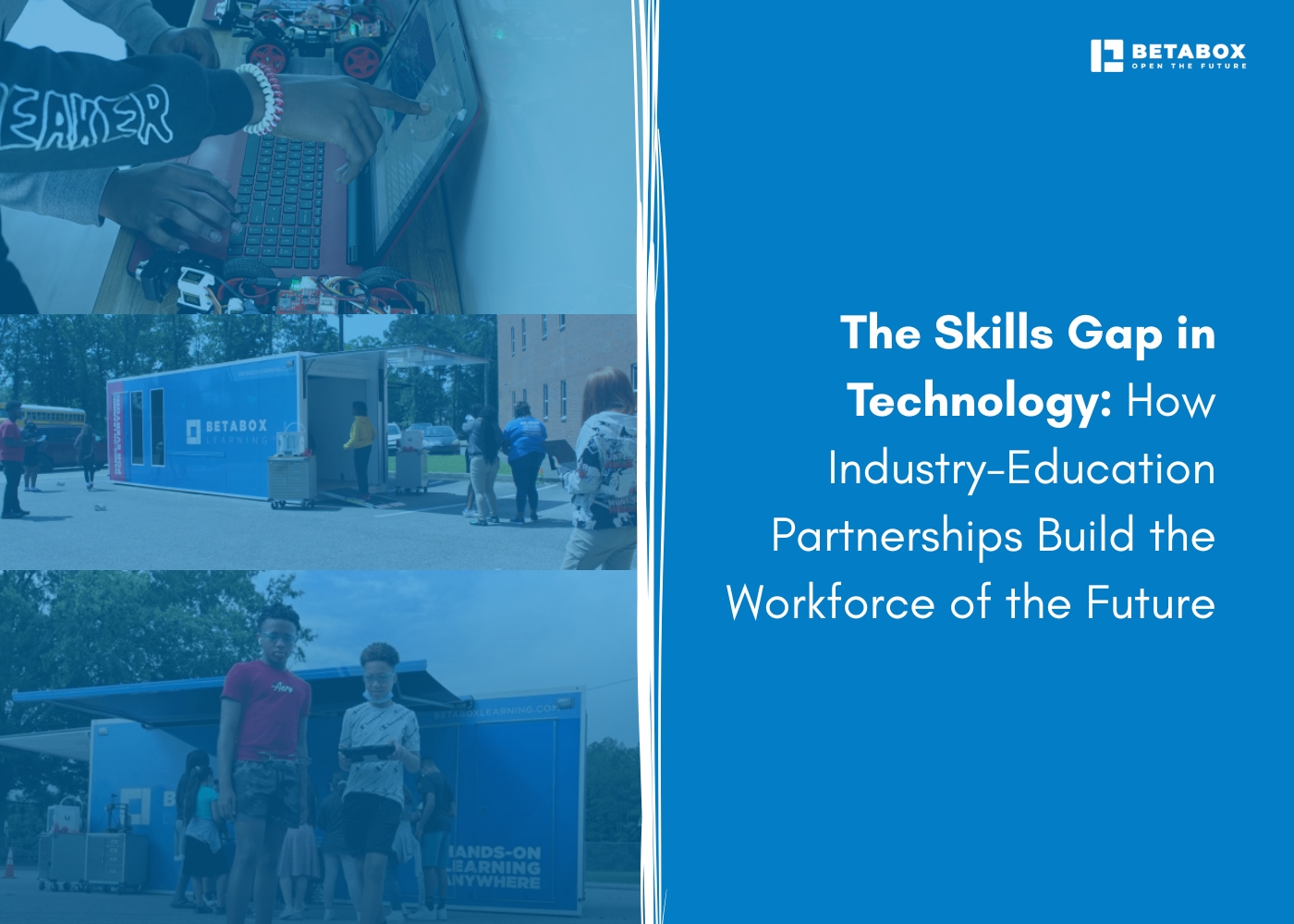

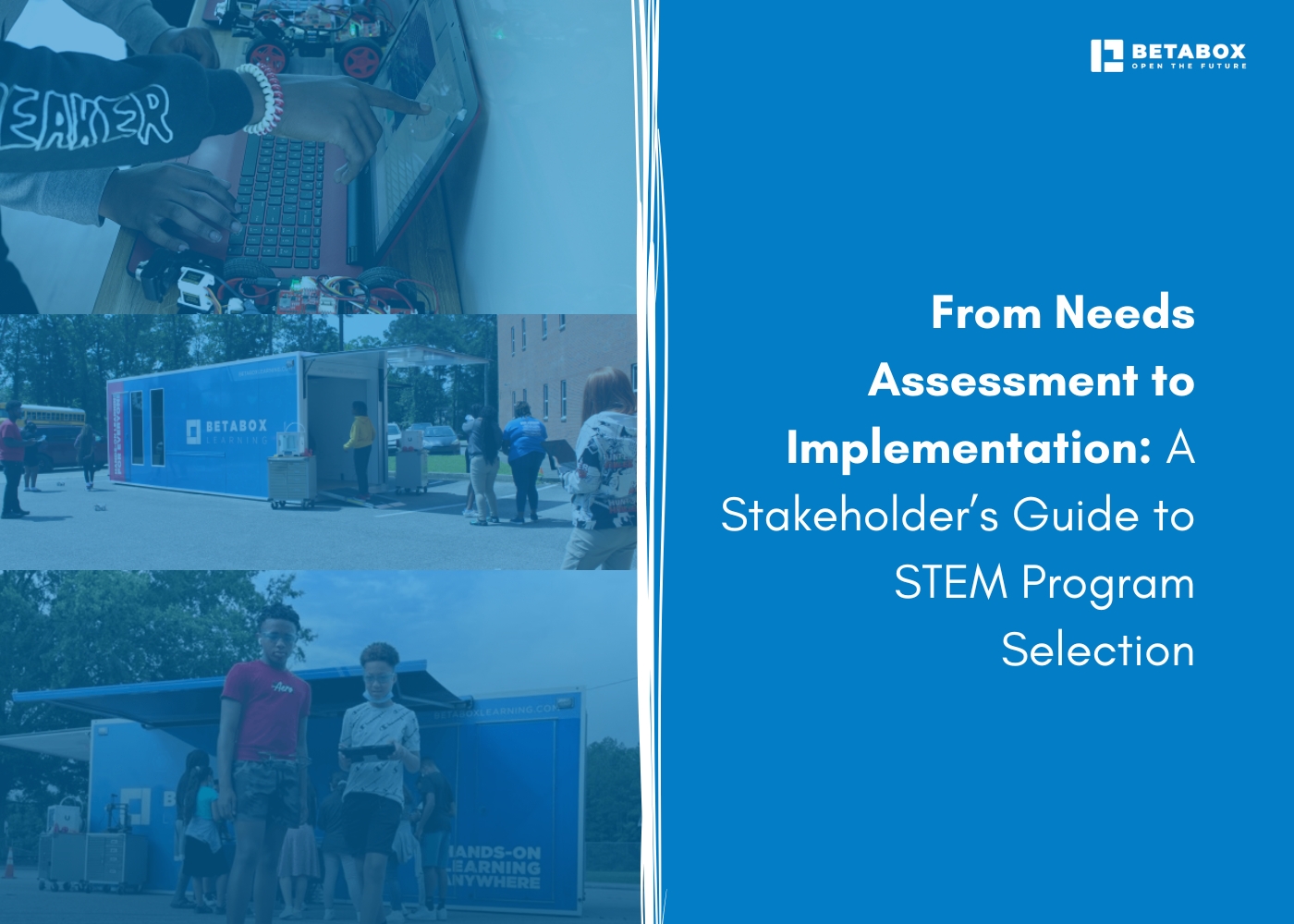

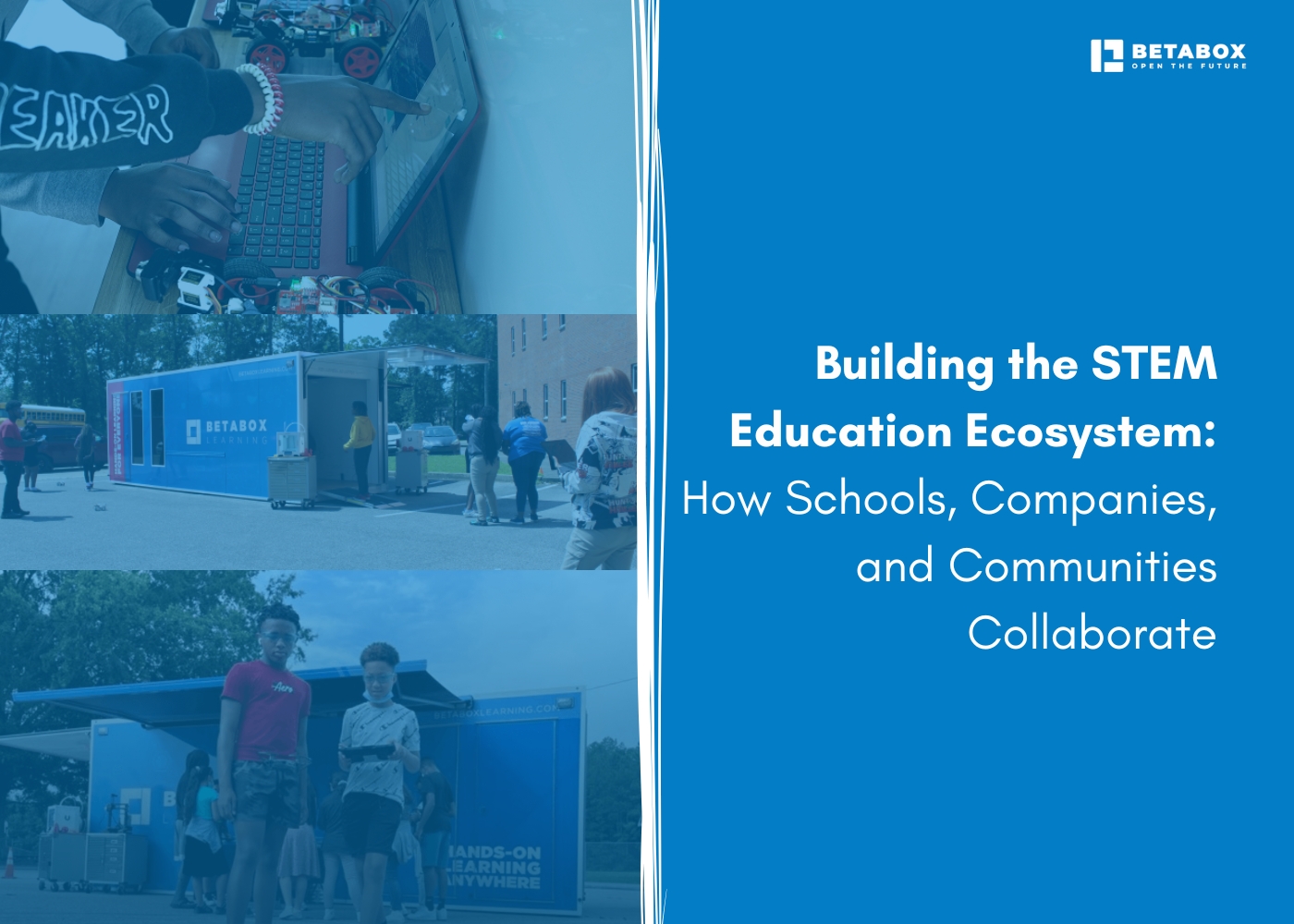

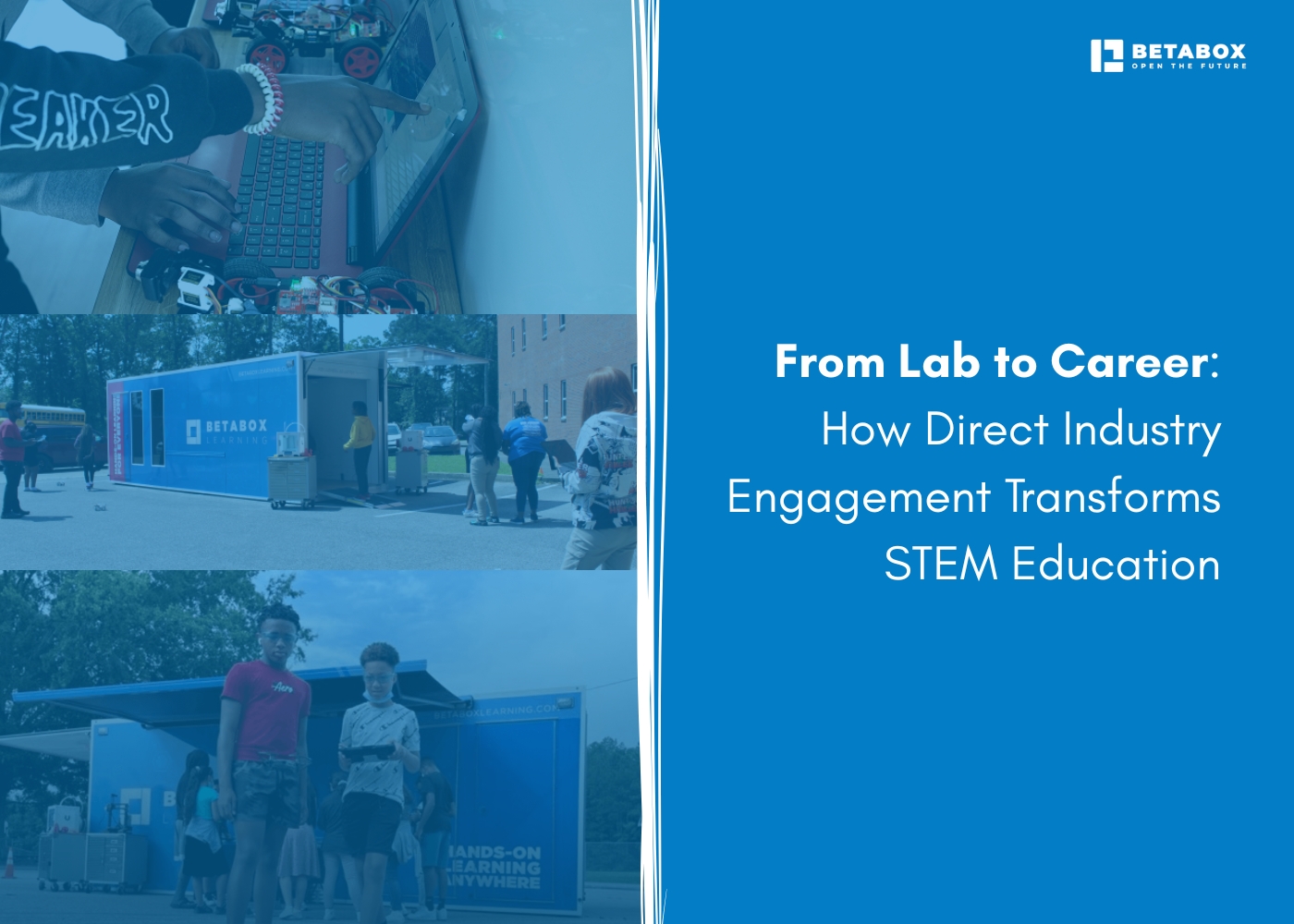

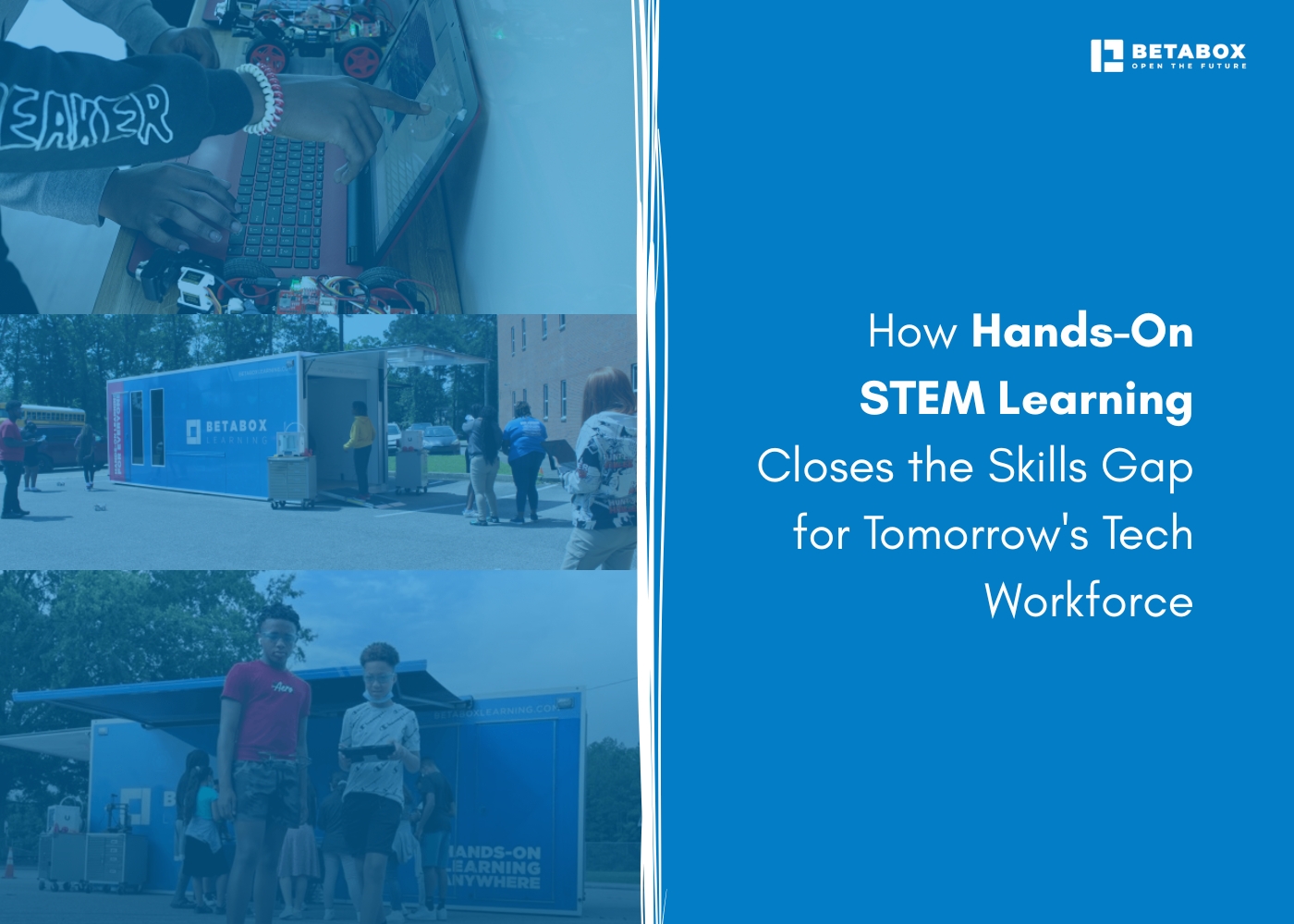

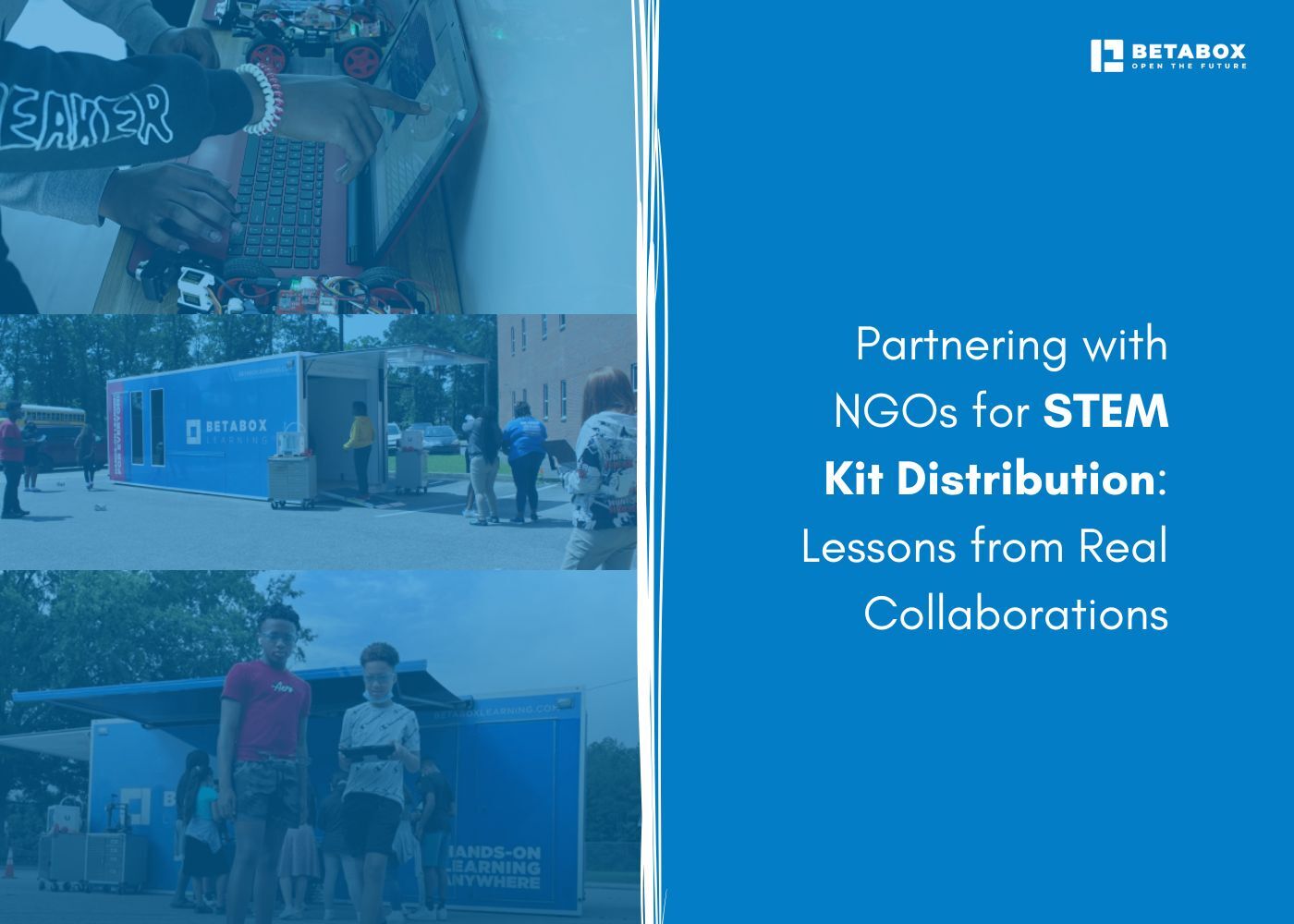

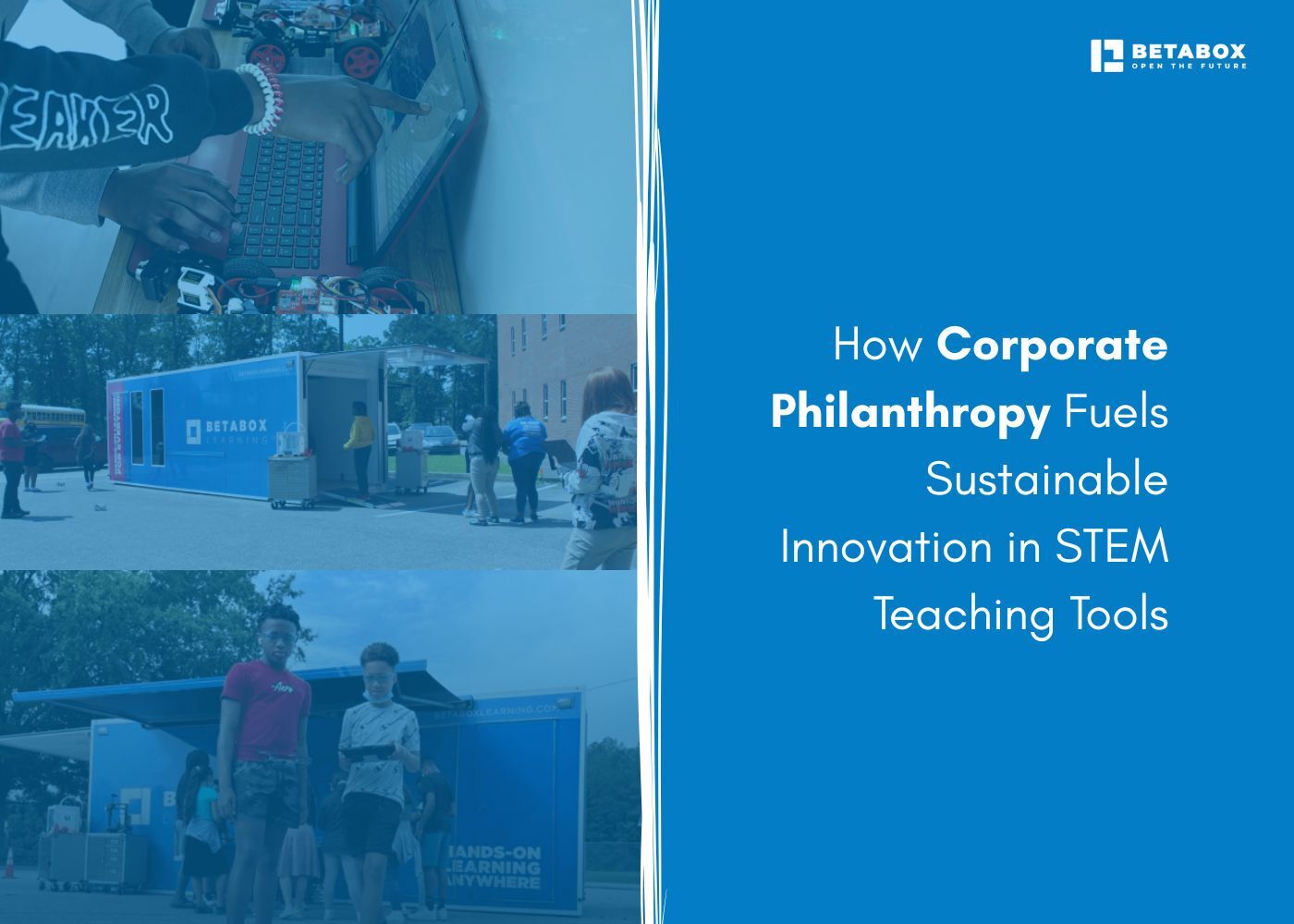



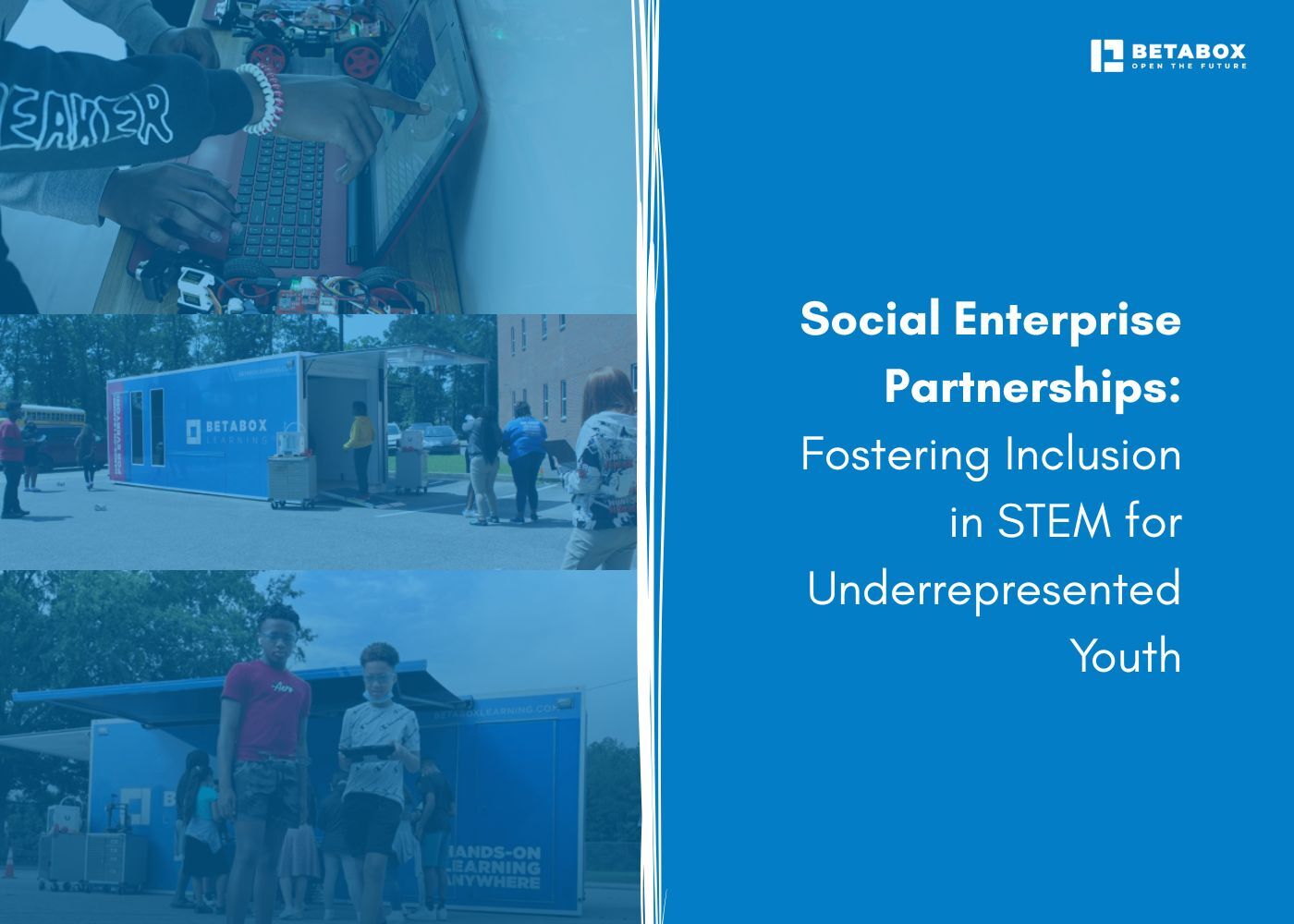

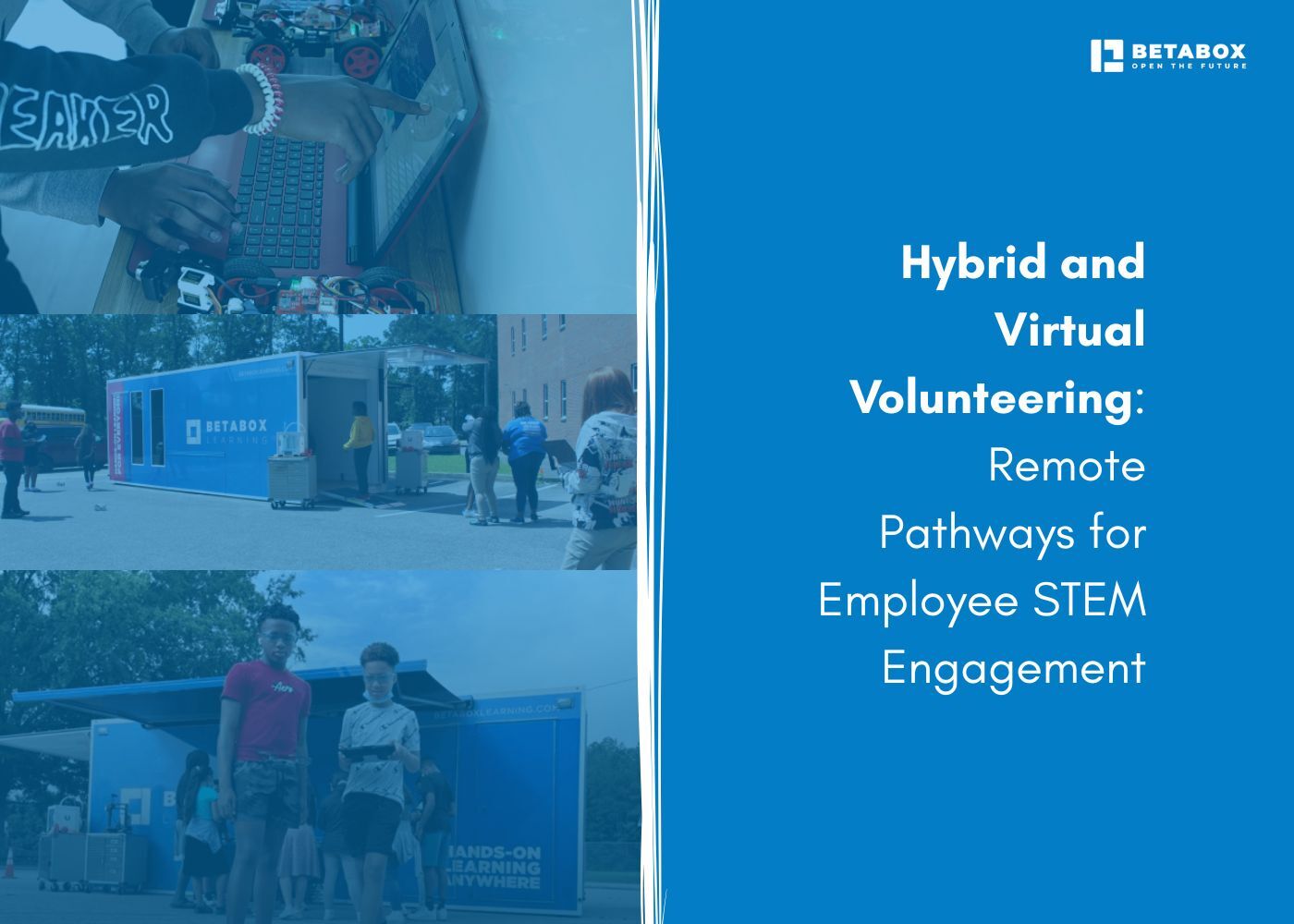

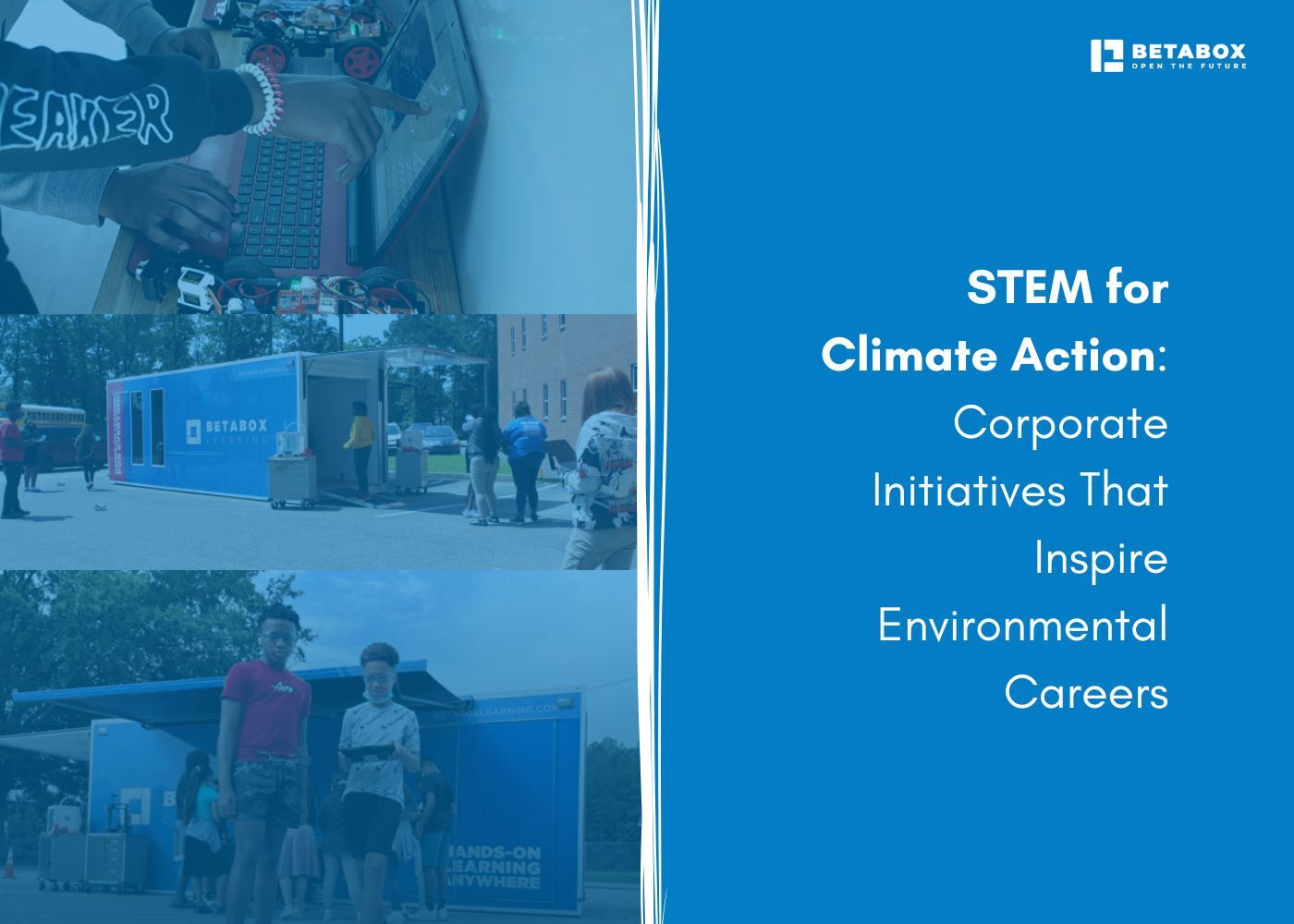



At Betabox Learning, we are passionate about making hands-on STEM curricula accessible to all students.

Join our newsletter to stay in the loop on all things Betabox and the future of STEM education.
By submitting your email address, you agree to our Privacy policy and Terms of Service. You can unsubscribe any time via the link in your email.
© 2025 Betabox. All Rights Reserved
